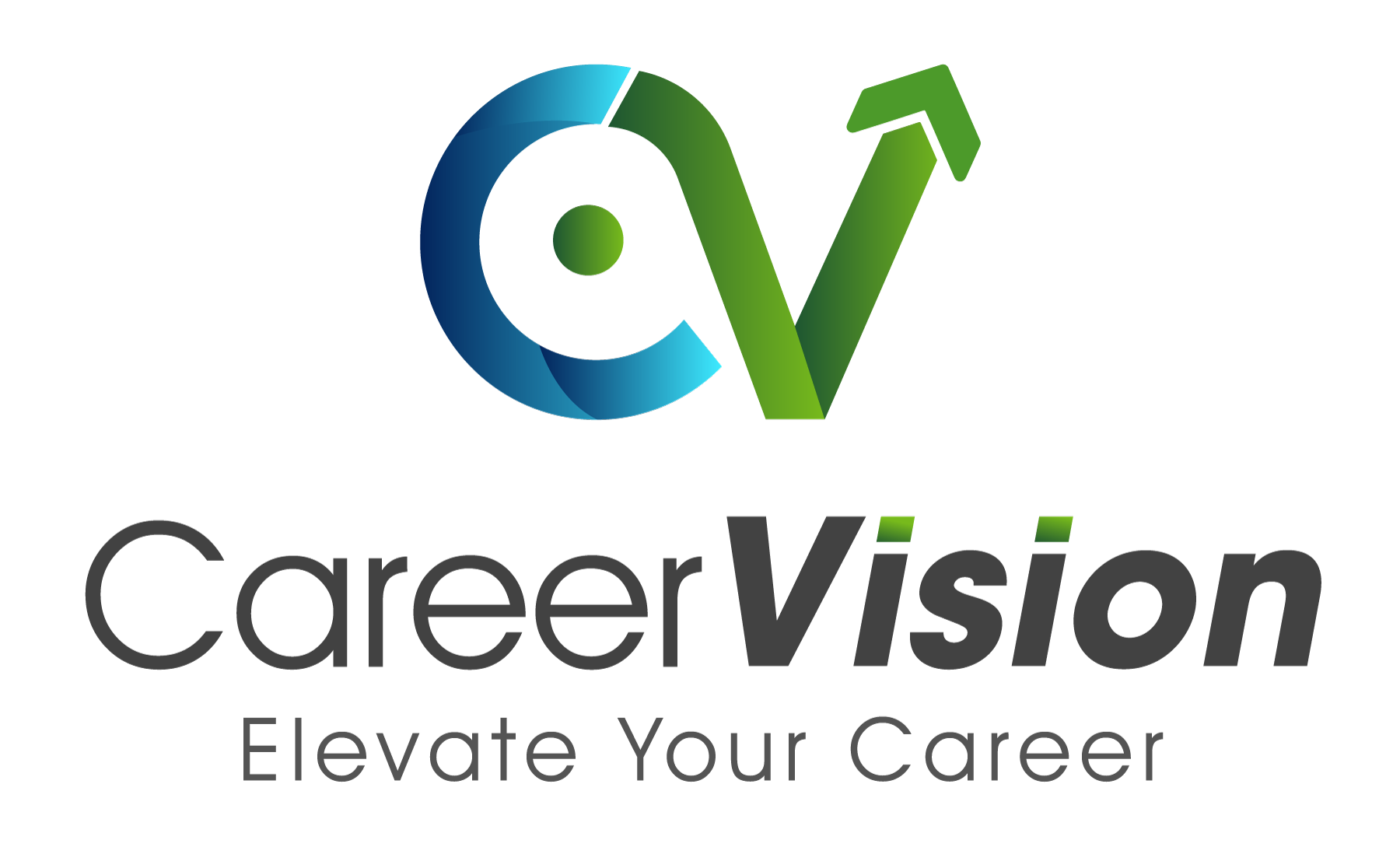Let’s face it: job interviews are like a high-stakes game of charades, and if you don’t know how to interpret the signals, you might as well be guessing what animal is being acted out. Understanding the underlying intent behind interview questions can give you a strategic edge that many candidates overlook. It’s not just about what they’re asking; it’s about what they really want to know. So, let’s decode those questions together.
Decoding the Classic Questions
When an interviewer asks, “Tell me about yourself,” they’re not looking for your life story or what you had for breakfast. Instead, they want to see how you frame your narrative. This is your chance to showcase your brand—what makes you unique. In my early days, I bombed this question by rambling about my personal life instead of highlighting my professional journey. Lesson learned: keep it relevant, focused, and engaging. For more on this, check out Master the ‘Tell Me About Yourself’ Interview Question.
Understanding Behavioral Questions
Behavioral questions like “Give me an example of a time you faced a challenge” are aimed at unearthing your problem-solving abilities. They want to see how you handle pressure, conflict, and ultimately, your ability to adapt. Use the STAR method (Situation, Task, Action, Result) to structure your response effectively. Don’t just tell them what happened; illustrate your thought process and how you navigated the situation. Trust me, this clarity transforms a mediocre response into a compelling story. For more insights on storytelling, you can read Master Job Interviews: The Power of Storytelling and STAR.
What About “What Are Your Weaknesses?”
Ah, the age-old trap. When asked about weaknesses, the interviewer isn’t just fishing for honesty; they want to know two things: your self-awareness and your commitment to growth. A classic rookie mistake is saying you work too hard. Instead, choose a real weakness, but frame it positively. For example, I used to struggle with delegation because I wanted everything done perfectly. However, I learned to trust my team and now see the value in collaboration. It’s all about showing that you can reflect and improve.
Reading Between the Lines
Sometimes questions are layered with hidden motives. For instance, if they ask, “Why do you want to work here?” they’re not just curious about your interest; they’re assessing cultural fit. They want to see if you align with their values and mission. Demonstrating that you’ve researched the company and understand its culture can set you apart. In my experience, I once tailored my answer to reflect the company’s emphasis on innovation, which resonated well with the interviewers. To learn more about aligning your responses, check out Beyond the Job Description: How to Align Your Resume and Cover Letter with Company Values.
Staying Authentic in Your Responses
While it’s important to tailor your answers to the intent behind the questions, authenticity should never take a back seat. Be true to yourself; it’s easier to build rapport when you’re genuine. Remember, interviews are a two-way street. They’re assessing your fit just as much as you’re gauging theirs. In one of my coaching sessions, a client felt pressured to present a polished version of themselves, but once they embraced their true self, the conversation flowed effortlessly, leading to a successful offer.
To wrap it up, interpreting interview questions isn’t a superpower; it’s a skill you can develop. By understanding the underlying motives and preparing strategic yet authentic responses, you can confidently navigate the interview landscape. Remember, the goal is to connect, engage, and ultimately demonstrate why you’re the ideal fit for the role.
Want real-time advice you can use? I run a free Job Search Strategy Workshop – come for the tips, stay for the community. It’s live, it’s free, and it actually helps.


